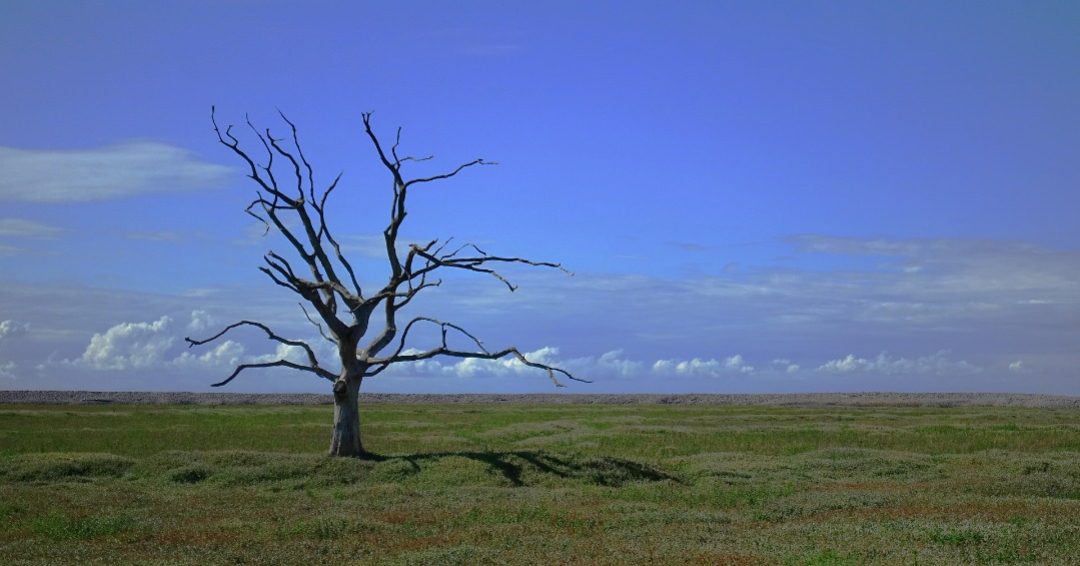Both climate change and biodiversity loss, through habitat destruction, lead to more frequent contact and conflict between humans and wildlife, and increase the risk of animal diseases being transmitted from animals to humans.
Humans and vertebrate animals can pass harmful pathogens between one another in a process known as "zoonosis". In the past, this has caused serious diseases such as Ebola, Marburg, Hendra virus, SARS, Nipah virus, HIV/AIDS and swine flu. It is believed that the Covid-19 pandemic was also most likely caused by a spillover.
75% of land surface and 66% of the global ocean has been significantly altered by humans, leading to one million species being threatened by extinction within decades. A 2017 study on 40.000 species , found that around half of them were moving towards the Earth's poles in search of cooler temperatures and food. Land animals are moving at an average rate of 10 miles per decade and marine species at 45 miles per decade in their quest for survival. Pandemics are likely to become more frequent and deadly if we don't take precautions today. Steps should be taken to improve the monitoring of animal-human interactions, conserve existing wild spaces, restore degraded ecosystems, and address human activities such as deforestation and wildlife trade. At least 30% of land and 30% of the ocean should be left undisturbed to allow natural ecosystems to adapt to climate changes caused by humans.
Source: carbonbrief.org

